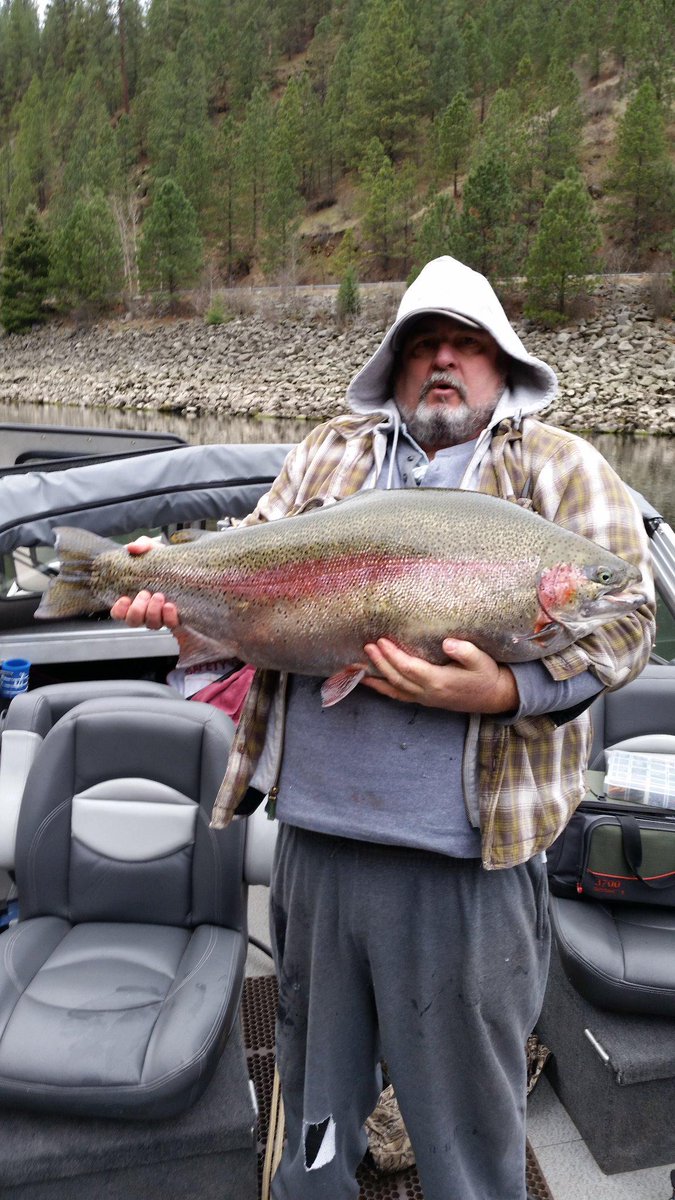JANUARY 2015
A NEW YEAR WITH A NEW SPIN !!!
MOST REELS LISTED IN THIS REPORT INCLUDE THE BOX
DO BOXES MAKE A BIG DIFFERENCE IN THE PRICES PAID ?
CHECK IT OUT----------
ABU:
222 second version green nib @ 216.45
222 second version gray nib @ 154.45
rare Record 500 exc w/deluxe fitted box w/mpu kit @559.27
Record 600 second version e+wb @ 366.71 wow
Airex:
Astra cf nib @ 36.05
Impala cf ewb @ 24.88
two Mastereel's no2/no3 both ewb @ 46.00
Dam Quick:
110 nib @ 145.99
110 nib @ 206.66
220N e+wb @ 77.00
330N ewb @ 60.00
440N nib @ 67.63
Herters 109A nib @81.00
French:
Mepps Super Meca orange e+wb @ 183.50
Trident tr-10 nib @ 35.06
Heddon:
220R nib @ 49.99
Italian:
Alcedo Micron curved leg e+wb @ 137.50
Cargem Falcon 22 nib @ 119.00
Zangi--
Ted Williams 350 ewb @ 83.51
Orvis 50A fb nib @238.45 "RNM"
Orvis 100A nib @ only 51.00
Japanese:
Berkley 455 ewb @ 25.05
Osman 23 cf nib @ only 1.11
Taico Blue Streak #51 e+wb @ 9.99
tiny Thunderbird Mite nib @ 41.00 wow
Ted Williams 460 e+wb @ 11.60
Mitchell:
300 Century anniv. nib @ 243.61
300S nib @ 97.00
308 pro nib @ 182.71
330 otomatic nib @ 240.61
409 nib @ 172.50
Penn:
705 second version ewb @ 87.00
710 green nib @ 89.00
710 green nib @ 105.49
360 slammer nib @ 157.50
Pflueger:
Pelican 1020 ewb @ 44.58
Pelican 1020 nib @ 123.50 wow
Shakespeare:
2062 first version nib @ 60.00
2062 second version nib @ 94.00
2450 japan nib @ 117.50
Swiss:
Thommen Record 400 nib @ 52.95
Zebco Cardinals:
7 first version e+wb @ 149.55
7X nib @ 179.99
7X nib @ 445.86 WHY ?
two boxes only for 3 one @ 37.50 other @ 55.00
A FEW REELS OF INTEREST WITH NO BOX !
Abu Record 450 exc- @ 613.19
French Doperr first version exc- @ 299.00
Higgins 535-39520 cf exc- @24.00
Mitchell 400G s/n 257 exc+ @ 405.00
German Walter Schulz Selekta 1949 exc @257.00
Books- Wright Price Guide third edition 2002 relisted starting @399.99
NO BIDS
another same as above used sold @ 24.99
One would think that there would be less reels listed with the box
"WRONG"
Ben
